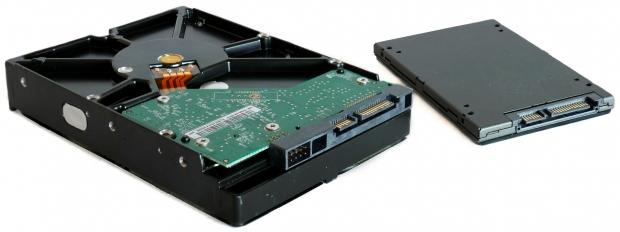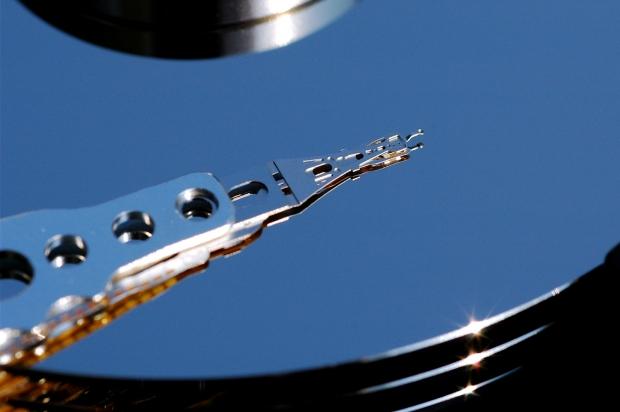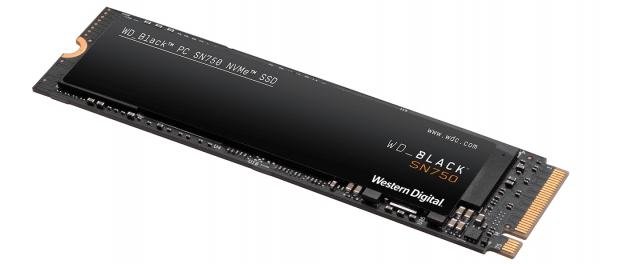Having data backed up and stored is always a wise thing to do, as information or data is wealth in today's world. Previously for long-term storage, organizations relied on compact disks or magnetic tapes for archiving data. Data archiving is the process of storing data which is not actively used on storage devices for long term retention. Although these conventional storage devices served their purpose of storing data on a long-term basis, accessing the information from these drives takes a lot of time.

Modern storage drives such as Hard Disks and SSDs not only can store large amounts of data but can also operate at a faster speed. Hence, accessing information is a lot faster and easier. Having said that, it is to be noted that they are not shielded from pedestrian electronic problems like any other device. The performance of storage drives such as hard drives and SSDs can degrade over time and abruptly result in hard drive failure.
Keeping aside the fiscal loss, data loss is the biggest agony when it comes to failing storage drives. Data loss could occur due to system crash, malware infection, file system corruption, or any other reasons. However, it is possible to recover data using Remo data recovery tool very safely. But if you are using the drive to archive data and store them for a longer period, data degradation can happen majorly due to bit Rot.
What is Bit Rot?
Bit Rot is a phenomenon where the data on storage drives gets erased gradually over time. This could be because the drive that you have used to store the data could be worn out due to lack of usage. It could also be that dust particles could be accumulated on a drive while it is stored for a longer time without any usage.
However, data degradation also depends on other factors like the type of storage drive used, the environment in which the data is stored, quality of the drive depending on the manufacturer, etc. continue reading to know more on the life expectancy of Hard Drive and solid state drive (SSD).
How do Hard Drives die over time?

Hard drives use magnetic disks to store the data. It also consists of movable parts such as read write head that is mainly responsible for reading and writing the data onto the disk. The data on the drives are written and interpreted in the form of 1 and 0; these are called bits. Flipping is one phenomenon where the drive loses the capability to hold charge (1's and 0's) due to wear and tear. If the drive experiences too much flipping, this can result in bit rot.
Hard drives are capable of storing data for years, but it also depends on the environment in which the hard drive is stored. However, if there is any data loss on these drives, you would have to perform hard drive recovery to get back the data. This data loss scenario can be avoided by using the drive at least once every year. This will ensure that the hard drive retains the archived data for a longer time.
How do SSDs die over time?

SSDs are new technology when compared to hard drives. Unlike hard drives, SSDs do not have any moving parts. SSDs store data on insulating layers in the form of charges. If these insulting layers wear out over time, the stored charges could leak out, resulting in data loss. By following appropriate techniques, you can perform SSD data recovery and get back the data.
The lifespan of SSDs can depend on the read/write cycles. The number of read/write cycles varies from one manufacturer to another. If you are frequently using the drive, an SSD can easily last up to 5-6 years. Usually, SSDs are not widely used to store archival data as compared to hard drives.
However, if you maintain SSDs in a proper environment, you can store data for a long time. If in case you are using SSDs to store data for a longer time, make sure you connect the drive to your computer and use the drive every 3-4 months. By doing so, you can prevent any data degradation on the SSDs.
Final Thoughts
If any drive is about to die, it usually shows signs of failure. You will see signs such as crashing during boot, corruption of files, strange noises, or slow performance. To check hard drives or SSDs for its failure, all modern drives come with a feature known as SMART (Self-Monitoring, Analysis, and Reporting Technology) to check the drive health. However, it is always a good practice to replace any hard drive or SSD after 3-4 years.
If you continue to use the drive while the drive is degrading, you might have to face data loss problems. On the other hand, to avoid data loss on archival drives, keep using the drive twice every year to maintain data integrity.

